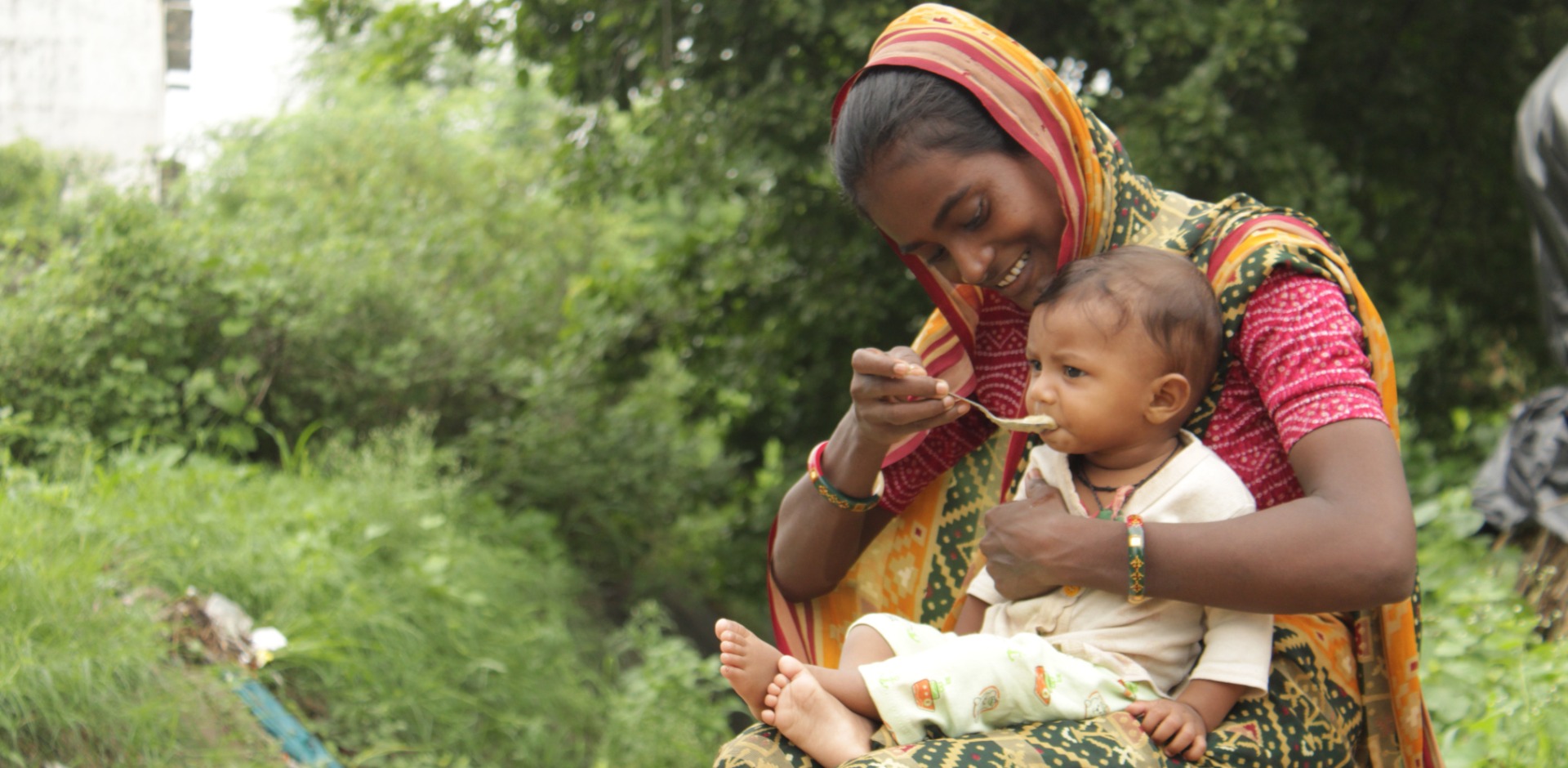
This Holiday Season, Give the Gift of Hope
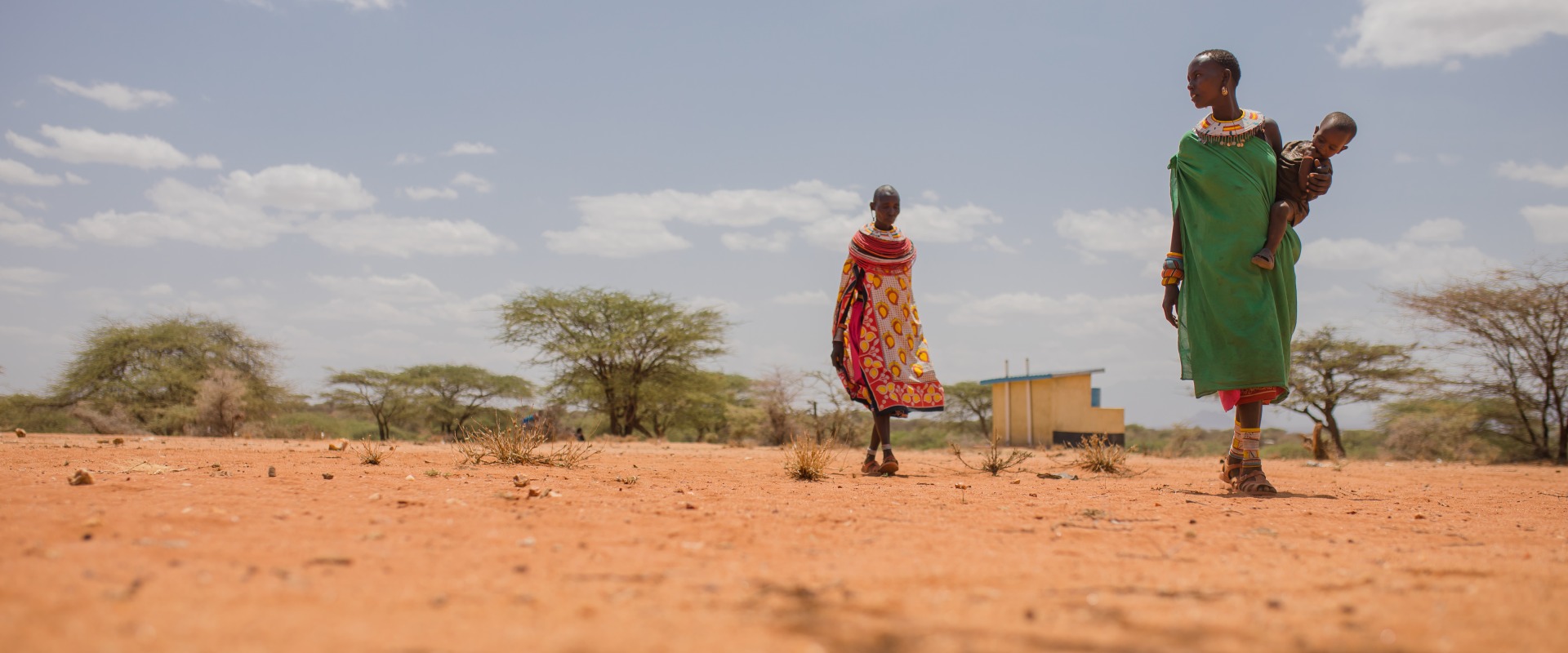
In 2022, the global population hit eight billion people, about 10 percent of whom suffer from hunger. It was a year marked by challenges: conflicts new and old, prolonged droughts, floods that refused to recede, and inflation that made it even more difficult to buy food and other goods.
The past year gave us plenty of reasons for despair – but hope still wins out. At Action Against Hunger, we find hope in the hard-working, goat-loving women of West Pokot, Kenya, and in the honeybees of Bossangoa, Central African Republic. We are inspired by the dedication of health workers, bravery of refugees, and compassion of our supporters. We are piloting new approaches, pioneering innovative solutions, and identifying sustainable solutions to climate change. At every step, we are partnering with local communities and organizations to help them succeed.
Below, find some of the photos that kept us going in 2022 – the images that show why we cannot stop working to achieve a world free from hunger, for everyone, for good.
The conflict in Ukraine, which began in February 2022, has destroyed entire towns and livelihoods, forcing millions of people to flee their homes, and leaving nearly 18 million in need of humanitarian assistance. The war has caused hunger not only in Ukraine, but around the world, as many countries depend on Ukrainian and Russian grain supplies to feed their people.

Throughout Central America, families have had their lives upended by natural disasters with long-lasting impact, such as Hurricane Iota. Action Against Hunger works with young women to help them learn new skills to find their confidence, become self-sufficient, and earn income to support themselves and their children.

Across the Horn of Africa, the rains continued to fail in 2022. The severe drought has been particularly devastating to communities that depend on herding and farming to survive.
The United Nations estimates that nearly 10 million livestock have died across Ethiopia, Kenya, and Somalia. These lost cows, camels, goats, and other animals translated to more than 31 million gallons of milk lost – a significant blow to children’s nutrition throughout the region.
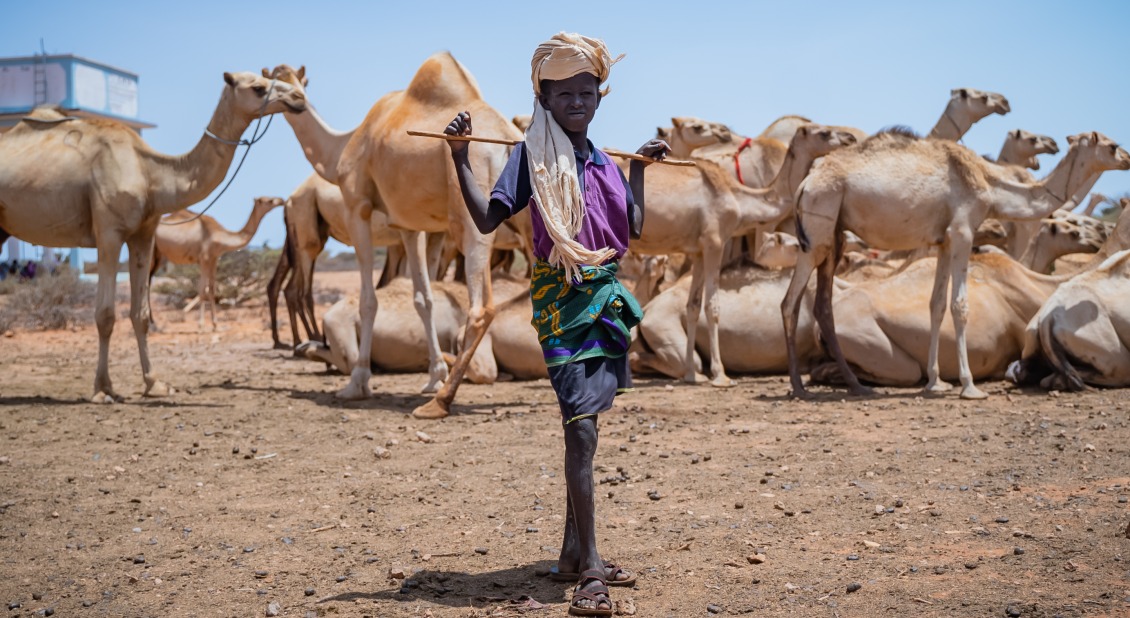
In the Democratic Republic of Congo, Action Against Hunger provides essential maternal and child health services. This work includes support throughout pregnancies, education on reproductive health, and medical care during and after giving birth. Mélanie, a 20-year-old small business owner, learned the risks of a home birth and knew she wanted to come to the center when she gave birth to her newborn son Mutoba.
“During the prenatal consultations we were always made aware of family planning, how to space the births. When should we give birth again? It’s when my child is three or two and a half years old,” she says. “If I space well, my child is more likely to have a healthy weight and good health, and it saves him a lot of illnesses.”

In February 2022, Haiti marked three years without a single case of cholera – the disease was officially considered eradicated. Sadly, the success against this deadly waterborne illness did not last: it returned in October after the country saw weeks of lockdowns, gang violence, and turmoil.
Action Against Hunger has long played a leading role in helping to spread awareness of cholera and how to stop its spread in Haiti. Our teams are once again hard at work against the disease by providing treatment to cholera patients, hygiene education, water purification supplies, and guidance to communities facing outbreaks.

For remote communities in Afghanistan, health centers are few and far between. Often miles away, poor families cannot afford to hire a car or other transportation, leaving them few options to reach quality health services.
Mahnaz, mother of five children, recalls her last pregnancy and describe what the situation is like for expectant mothers:
“During my pregnancy I felt dizzy, and my whole body would start shaking. I then walked 2-2.5 hours on foot to get to a doctor. We were very concerned during my pregnancy about what would happen: will I reach the doctor in time or not? All the women here have the same concerns. Some manage to reach [a clinic] and some don’t. We do not have enough food. We have very little. My hopes are that I have a good family, that I can reach to the clinic and the doctor in time so that my child is safe.”
To help vulnerable women and children access lifesaving care, Action Against Hunger’s mobile teams go directly to communities in need, traveling from village to village providing health and nutrition services.

In drought-prone Kenya, we work with women to help them build their long-term resiliency even when facing increasingly unpredictable climates. In one village, Kapkitony, program participants came up with the idea of starting a goat business. Our teams provided seed funding to make it possible.
“We requested support so we can buy goats and we can continue to have milk…this milk would improve our nutrition,” says Rosalyn as she pets the goats. Goat milk is rich in Vitamin A, protein, calcium, and phosphorus.
“I love goat-keeping a lot! I love goats…First, I can get milk. Second, when I sell these goats in the market, they fetch higher prices compared to the other goats. Third, the manure from the goats helps me with my garden. So, I don’t need to spend more money on buying fertilizers.”

Since June, Pakistan has been facing an unprecedented climate disaster. Massive floods swept through the nation, taking lives, displacing families, and destroying homes, hospitals, infrastructure, and roads.
Nearly 33 million people have already been impacted by the floods, and there is no end in sight. In Sindh and Balochistan, the provinces where flooding has been most severe, 1 in 9 children have been found to severely malnourished and in need of emergency treatment.
To help, Action Against Hunger has distributed more than 40,000 emergency kits containing vital hygiene, shelter, and other supplies. Our teams are also continuing to provide lifesaving nutrition services and support rural health centers in the regions most impacted by the floods.
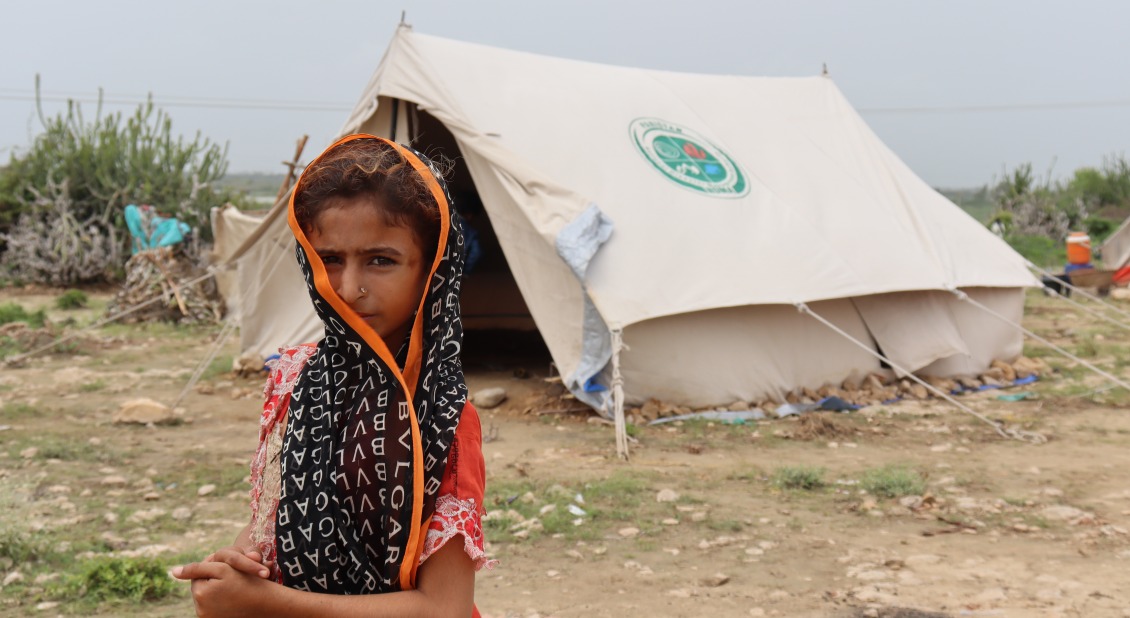
Years of flooding have left communities in Paguir, South Sudan, with little to no food and few animals. With help from Action Against Hunger, a new crop grown in the floodwaters — rice — has transformed their lives.
“Rice is something new in this area,” says Bol Gatkuoth, one of the rice farmers. “This is something I had to learn so that I can adapt…it was a way to survive the floods. When I harvested this rice, I saw the new seeds and I touched them. I felt immediately happy, the same as when I touched my sorghum and maize seeds. I feel proud, I can even have hope in the future.”

Around the world, food prices skyrocketed in 2022, driven by the conflict in Ukraine, inflation, and other economic crises. In Peru, where it’s estimated that more than one in three children are anemic – a condition caused by a diet without sufficient nutrients – high costs made it even more difficult for families to keep their children well-fed and healthy.
To help reduce child malnutrition, Action Against Hunger works in rural areas of Peru to support small family farms to train them in techniques to increase their yields and successfully grow more nutritious crops.

“When the war started, our family had to leave,” says Inna, a displaced Ukranian who now lives near Odessa. “It is difficult to plan for the future because we do not know when the war will end, but we believe that everything will be fine.”
Since the beginning of the conflict last year, Action Against Hunger has been working in Ukraine, Moldova, Poland, and Romania to provide humanitarian assistance to people impacted by the war. Our work ranges depending on the situation and a community’s needs: sometimes we work through partners by providing essential supplies, funds, or logistical support; others, we provide direct assistance such as mental health services or hot meals.

Two-year-old Bhagyashree is the youngest of five children in India. Like many poor families, her parents, Jitendra and Dittu, have to migrate for much of the year to find work – and even then, laboring hundreds of miles from home, they barely earn enough to survive. When their parents are away working, Bhagyashree is cared for by her older siblings, who are just children themselves and know little about proper nutrition, hygiene, and other healthy practices. Over time, she became severely malnourished.
Action Against Hunger’s team screened the children in Bhagyashree’s village and quickly saw that she was sick and in need of treatment. However, the nearest nutrition center is 40 miles away – a long and expensive trip for a family living in deep poverty. Her parents worked with Action Against Hunger’s health workers to find a way to treat their little girl at home. They were given food baskets, trained in safe and healthy cooking, and provided with hygiene education. Slowly, Bhagyashree is gaining weight and recovering her strength.
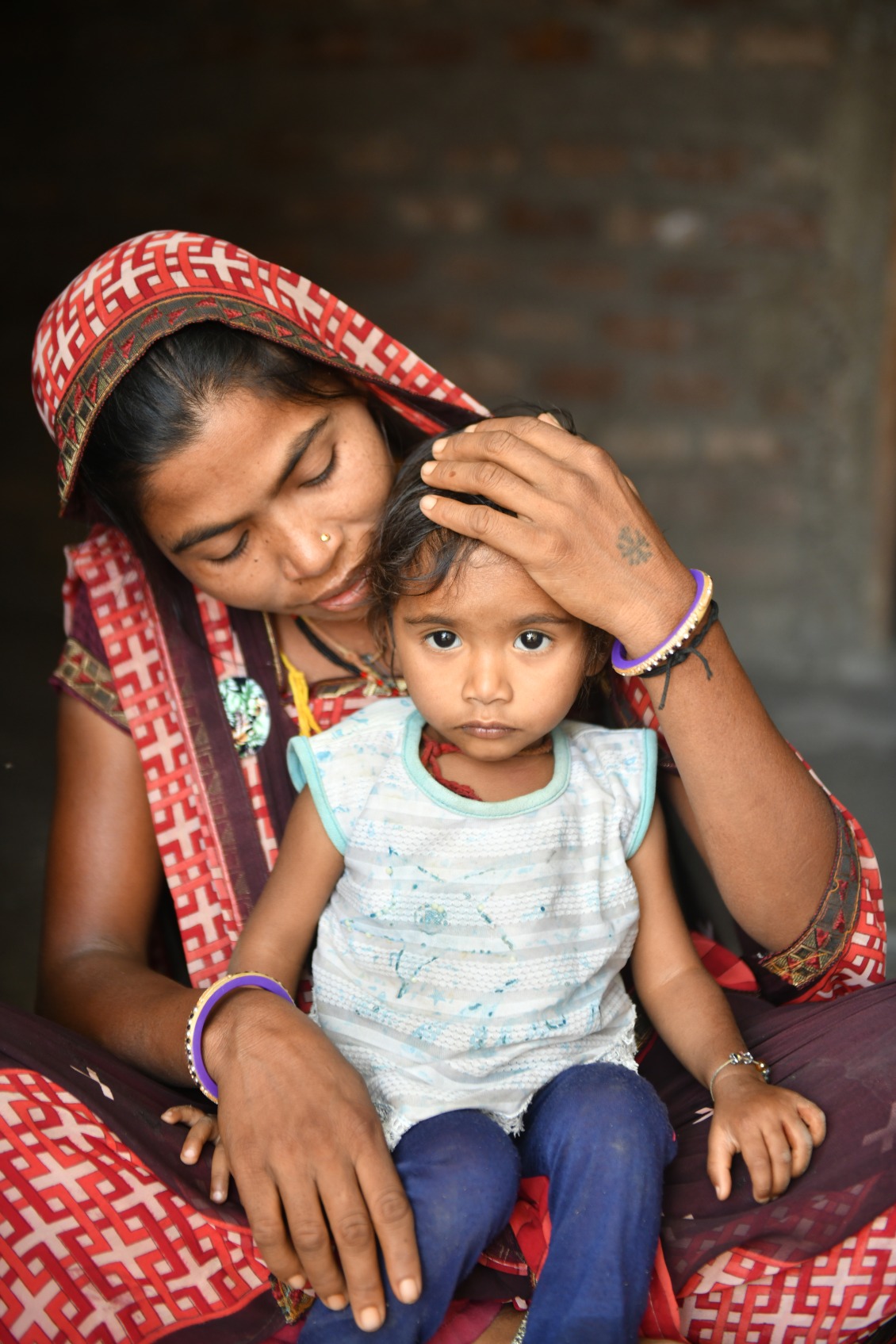
“The honey is better in Bossangoa than in elsewhere,” said Philippe Modompte, head of a beekeepers’ cooperative in Bossangoa, Central African Republic. “We have many melliferous and tasty plants which give quality nectar, and there are many flowering fruit trees – orange, papaya, grapefruit, banana – and wildflowers, which are essential for bees.”
Action Against Hunger provides supplies and training to the beekeeping co-op in Bossangoa, helping them learn more efficient and bee-friendly beekeeping techniques. Our teams have supported dozens of people, many of them youth, to produce and sell large quantities of honey as far away as the capital city, Bangui, nearly 200 miles away.
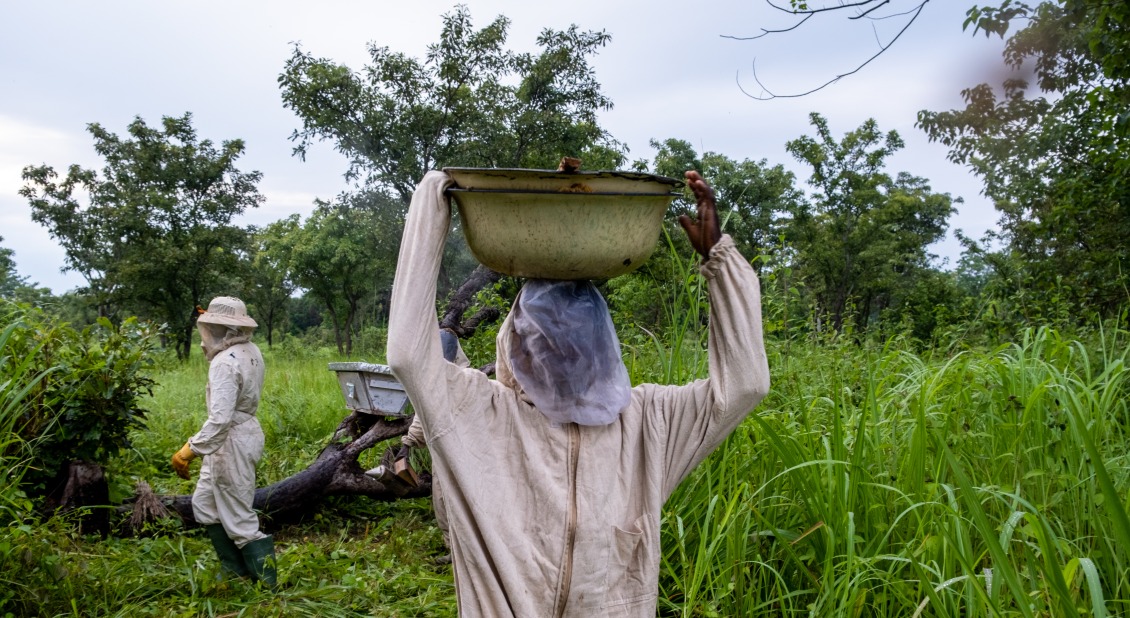
One of the simplest tools in the Action Against Hunger toolbox is a color-coded arm band. It’s used by our staff, the community health volunteers we train, and — increasingly — parents and other caregivers to detect malnutrition in children.
Called the Mid-Upper Arm Circumference (MUAC) band, it’s wrapped around a child’s arm, and the colors show their nutrition status. Children whose arms are in the green zone are healthy, yellow indicates they are moderately malnourished, and red means they are severely malnourished and need treatment as soon as possible.

Around the world, 2022 saw a dramatic increase in cholera outbreaks – many linked to conflicts and the changing climate. As temperatures rise and weather disasters such as floods increase in frequency and severity, cholera is thriving.
Across Lebanon, Action Against Hunger is working to stop the spread of cholera. Our teams are helping to decontaminate homes and water sources, providing rations of clean water and hygiene supplies, distributing treatment to people with suspected cases, and educating communities on how to prevent the spread of the disease. Waterborne illnesses and malnutrition often go hand-in-hand, so we are also prioritizing the screening and treatment of malnourished children.

For the world’s poorest people, farming offers food, profits, and opportunities. According to the World Bank, “growth in the agriculture sector is two to four times more effective in raising incomes” for people living in poverty, compared to other sectors. That’s why – in so many of the places where Action Against Hunger works – we help break the cycle of poverty and hunger through support for small-scale farmers, especially women.
There’s a popular African proverb: If you want to go fast, go alone. If you want to go far, go together. Our teams take this advice to heart – from Uganda to Mauritania, Bangladesh to Peru, we bring people together to help them learn new farming techniques, provide seeds and other supplies, and collectively build self-sustaining local markets for local products.


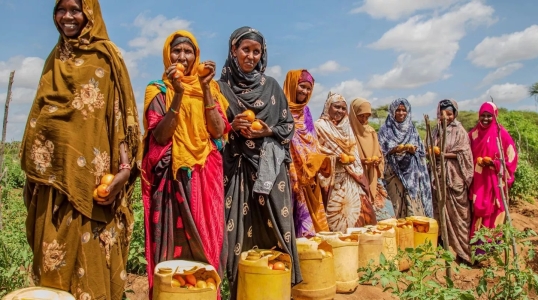
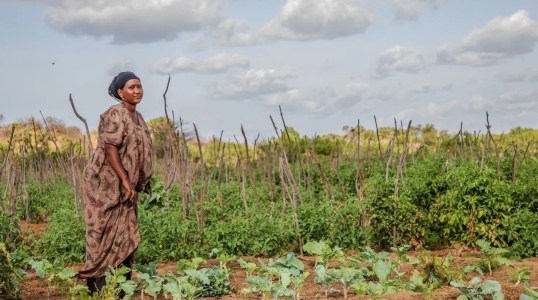
Join our community of supporters passionate about ending world hunger.